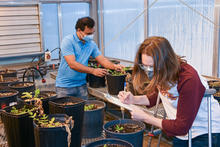
Phenology data tool helps optimize timing of invasive plant management
April 16, 2024
MITPPC researchers develop a new online tool to ease management planning for wild parsnip and Japanese knotweed, despite fluctuating weather patterns in Minnesota.
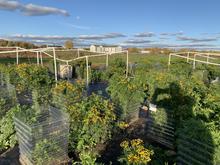
Enhanced computational approaches boost invasive plant predictive power
March 15, 2024
Skilled U of M researchers bring together ecology, evolution, genomics, invasion biology, weed sciences, remote sensing, and artificial intelligence to improve predictive maps for key invasive species in Minnesota, namely common tansy and leafy spurge.
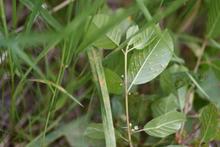
A crown rust fungus could help manage glossy buckthorn and reed canarygrass
March 5, 2024
Though some crown rust fungi are known to cause widespread damage to oat and barley crops, new research suggests a close relative of these major pathogens may be a valuable asset in managing glossy buckthorn and reed canarygrass.
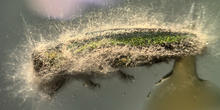
Entomopathogenic fungi may be the key to biocontrol for emerald ash borer
February 16, 2024
MITPPC researchers blaze a trail toward effective biocontrol for emerald ash borer. They’ve identified fungi associated with the beetles that are capable of attacking and killing EAB.

Publication roundup: 25 papers in 2023
February 15, 2024
In 2023, researchers with MITPPC including faculty, research staff, postdocs, and students published 25 new works investigating issues in terrestrial invasive species.
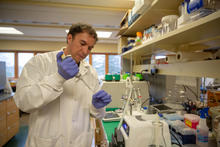
Kicking off 13 research projects in 2024
February 13, 2024
Newly-funded research teams investigate invasive species issues involving oak wilt, Phytophthora, jumping worms, Japanese beetles, non-native Phragmites, honeysuckle, and more. See what's new in 2024.
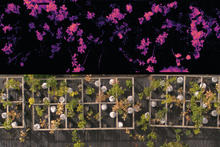
Innovative detection system allows researchers to differentiate oak wilt and drought
February 6, 2024
Oak forests play a vital role in our ecosystem, providing climate regulation and erosion control across North America. However, these forests face compounding threats from drought and oak wilt, and it can be challenging to tell these two issues apart.
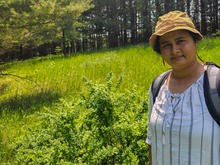
Novel tool helps pinpoint elusive hybrid barberry and map its spread
January 16, 2024
Researchers developed a method to identify hybrid barberry, an invasive plant that can carry rust diseases dangerous to wheat and small grain crops.
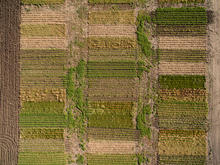
Satellites and AI could help farmers detect soybean aphid infestations
January 8, 2024
New U of M research found that remote sensing paired with artificial intelligence could dramatically improve management of invasive soybean aphid.
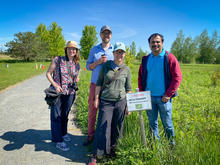
Request for proposals in 2024 for new research projects
January 2, 2024
MITPPC is accepting pre-proposals for new research projects on priority terrestrial invasive species until April 30, 2024.